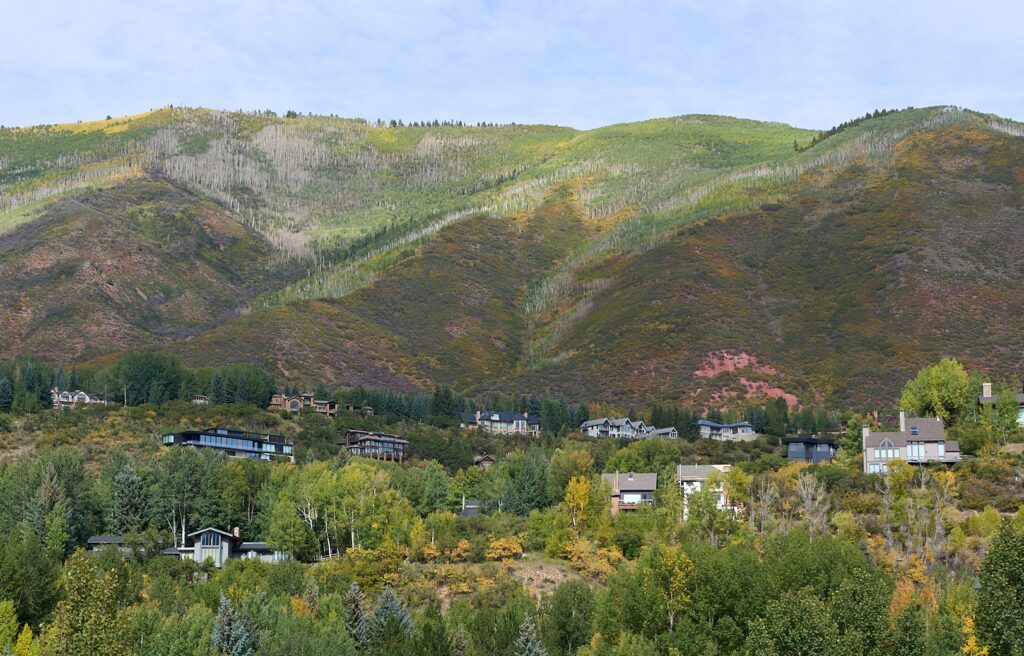Not Every Number Tells the Same Story
ACES Staff
March 1, 2017

Measuring something is surprisingly complicated. For example, when measuring how ‘big’ a tree is, how do we define size? Is it the height of the tree, or the weight of a tree or maybe its width? Do we measure height from the ground or from the roots? Is width the diameter of the trunk or the distance between the two furthest reaching branches? If answering the simple question of size is that complicated how do we answer a harder question like “how much forest are we losing?”
Historically, most measurements of forest loss have focused on cataloging how much forested land has transformed to other land cover types (deforestation). However, just as knowing the height of a tree doesn’t tell the whole story, neither does deforestation rates.
Forest attrition distance (FAD), a new metric developed by researchers at the State University of New York College of Environmental Science and Forestry, attempts to measure how the connectedness of forest ecosystems is changing. Connected forests are an integral piece of the puzzle in forest research because, in addition to their intrinsic values, wildlife and plants need connected forests in order to survive and thrive.
Forest attrition distance focuses on the loss of isolated patches typically used by wildlife as safe islands between larger forests. As these patches disappear, it becomes harder for wildlife to travel between suitable habitats. Using this metric, researchers found that US forests loss was 3% from 1992 to 2001, however FAD increased by 14% during that same period. This shows that even though deforestation may be low, our forests are becoming more isolated.
In the Sothern Rockies, where the Roaring Fork Valley is located, there was no forest loss between 1992 and 2001. However, the FAD increased between 30 and 35% in different areas within the region. These results are consistent with other findings from the study, which found FAD increased disproportionately on public and rural lands in western forests.
Habitat fragmentation in the Roaring Fork watershed and the forests around us has consequences for wildlife. Black bears need to travel further to find food, migrating birds have fewer stop over points, and mule deer and elk herds become isolated from each other, resulting in a long-term loss of genetic diversity among other things.
Understanding the consequences of environmental change and what steps need to be taken to mitigate negative effects requires constant monitoring. ACES Forest Health Index (www.foresthealthindex.org) is an interactive tool that measures change in the Roaring Fork Valley watershed by “scoring” a range of environmental indicators that provide a picture of what’s happening in our backyard.
Forest ecosystems around the world account for 80% of terrestrial biodiversity and deforestation accounts for 15% of annual global carbon emissions. As our forests continue to change it is important to know the different ways change is occurring in order to both address negative change and work to prevent it in the future.
For more information on FAD see this recent New York Times article or a Public Library of Science journal article.
~ Adam McCurdy, Forest Programs Director
Sources:
– http://www.worldwildlife.org/habitats/forest-habitat
– https://www.edf.org/climate/redd
Related Content

RFV Phenology: Green is out, yellow is in! Or is it?
Learn More
ACES // City of Aspen Open Space Birding: Marolt Open Space 9/5/2024
Learn More